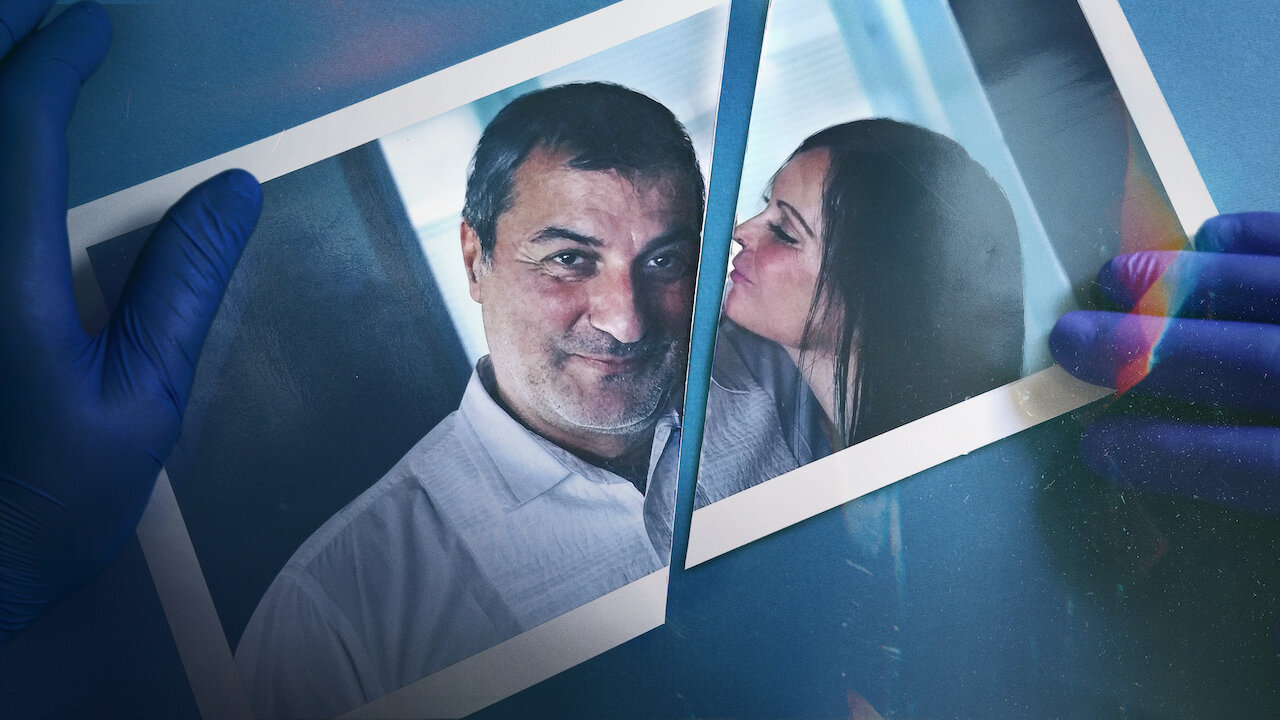Andemariam Beyene passed away following the failure of an implant—a polymer scaffold infused with his stem cells. Since then, Dr. Paolo Macchiarini, who had created this surgical technique, faced multiple allegations of misconduct, resulting in his dismissal from both the Karolinska Institute in Stockholm and Kazan Federal University in Tatarstan, Russia. Netflix’s ‘Bad Surgeon: Love Under the Knife’ narrates Paolo’s shocking story as he was alleged to be behind the death of seven patients, including Andemariam.
Who Was Andemariam Beyene?
Andemariam Teklesenbet Beyene of Eritrea was diagnosed with a rare form of tracheal cancer in 2009. The doctors had uncovered a golf-ball-size tumor in the engineering student’s windpipe. Despite undergoing surgery and radiation, the tumor persisted in its growth, and he was almost out of options when he arrived in Sweden, seeking medical assistance in 2011 spring. During a September 2012 interview with The New York Times, Andemariam recalled, “I was almost dead. There was suffering. A lot of suffering.”
Clinical symptoms raised concerns about a cancer relapse, and an examination revealed tracheal constriction. He had exhausted all his options when even an external opinion from the US concluded that treatment options were limited, suggesting palliative care. Subsequently, Andemariam’s physician in Iceland reached out to Karolinska University Hospital, where an evaluation was offered, and the possibility of a tracheal transplant was considered. Dr. Paolo Macchiarini at the Karolinska Institute proposed a groundbreaking idea for Andemariam.
Instead of traditional methods, he envisioned creating a new windpipe for Andemariam using plastic and his cells. This procedure, involving a “bioartificial” organ, marked a pioneering development in regenerative medicine. Researchers have been exploring approaches for decades that leverage the body’s cells, allowing the body to play a more significant role in organ creation. However, it was a science-fiction fantasy till Paolo devised this method. He offered to do Andemariam’s operation at an ENT clinic in Huddinge in June 2011.
To address Andemariam’s windpipe issue, Paolo proposed to craft a replica of his organ from a porous, fibrous plastic. He explained that this artificial windpipe would be infused with stem cells the surgeon would obtain from the patient’s bone marrow. After undergoing a day and a half of rotation in a bioreactor—a specialized incubator where the windpipe would be immersed in a nutrient solution—the implant would be surgically placed into his body, replacing his cancer-affected windpipe.
When he first heard about the unconventional approach from Paolo, Andemariam recalled expressing his reservations. He recalled, “I told him I prefer to live three years and then die. I almost refused. It had only been done in pigs. But he convinced me in a very scientific way.” A later investigation into Paolo’s methods noted the absence of a cardiopulmonary machine at the clinic during the procedure, which gravely risked the patient’s life. The probe also revealed that it had become evident that “the material in the synthetic trachea was not optimal.”
How Did Andemariam Beyene Die?
Andemariam recovered with over four weeks of supervision at the Karolinska University Hospital before returning to Iceland for continued rehabilitation. He was 39 when he sat down for an interview with the New York Times in September 2012, around 15 months after his “life-saving” surgery. He shared his progress with the paper during his recent visit to Stockholm, with the reports revealing that he was tumor-free and had no trouble breathing. He had been living in Iceland with his wife and resumed his doctoral studies, attaining his PhD.
He revealed that he had a son, then 1 — a prospect he had never even dreamt of before he met Paolo. He even displayed the long vertical scar on his chest while speaking in a voice slightly affected by radiation therapy. Andemariam noted that he had been regaining his strength daily and mentioned he could even run a little. He stated, “Things are good. Life is much better.” After the interview, the optimistic cancer survivor disclosed his desire to return to Eritrea to work as a geothermal engineer.
However, he had to remain in Iceland for the time being as he had to fly to Stockholm for regular follow-up visits. Andemariam had to return to Karolinska University Hospital due to deteriorating bronchial symptoms in November 2012. He received multiple treatments at the hospital on several occasions till his demise in January 2013. Though his cancer had not returned, his autopsy revealed that his transplanted trachea had detached, along with a chronic chest infection and a clot in the right pulmonary artery.
Read More: Benita Alexander: Paolo Macchiarini’s Ex-Fiance is Now a Podcaster

